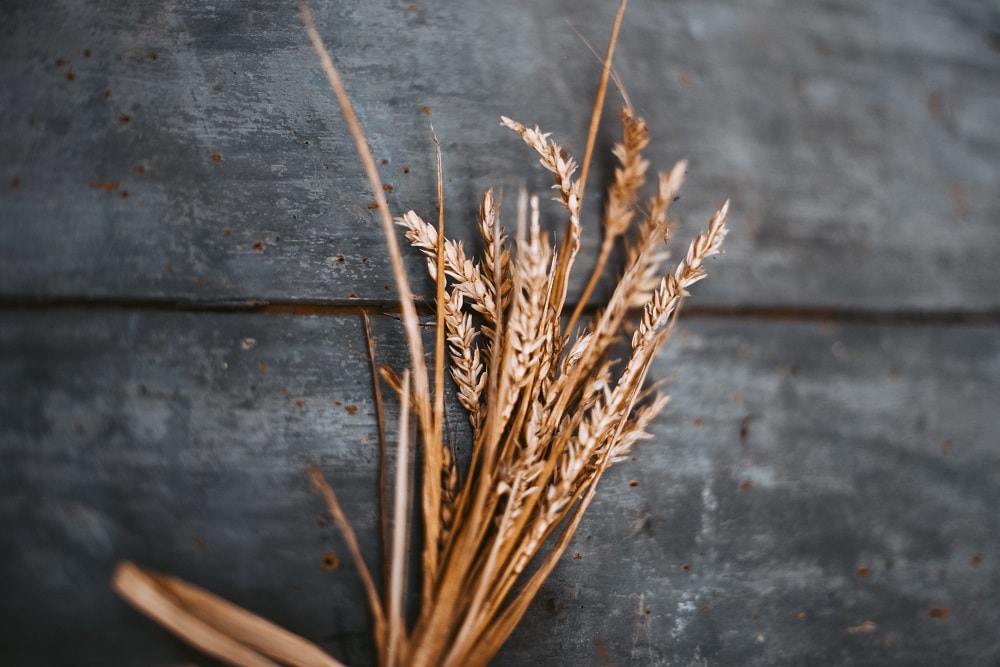Gluten has been a source of controversy for many years. In its original conception, a gluten-free diet was dedicated to people who suffered from celiac disease or exhibited an allergy to grains. However, this trend has also found its way into beauty care product offerings. Is this the right track? You will find out in our article.
As you probably already knew, gluten-free cosmetics were inspired by new trends in nutrition. Nevertheless, consumption of gluten-containing foods also affects the skin condition of people suffering from celiac disease. Such foods can, for example, cause dry skin and brittle nails. You may ask, “Okay, but what effect do gluten cosmetics have on the skin?” In this aspect, the matter is complex. Because if you suffer from celiac disease, the consequences can be very unpleasant. This applies, for example, if you want to taste a food product with your own hands. In this case, small amounts of gluten end up in the digestive system, exacerbating health problems.
Unless you have the health problems mentioned in our article, you should not consider gluten as pure evil. There are numerous reasons why gluten has gained a prominent place in the personal care industry. Arguably, the lipid content that rebuilds the epidermis has contributed to this. In addition, gluten-based ingredients – gliadin and glutenin mixtures – also have a moisturizing effect, strengthening the skin. They have thickening properties, which is of great importance in the production of lipsticks, for example.

How to find out if your favorite cosmetic contains gluten?
The matter in this case is a bit complicated, because the described ingredients appear on the INCI list in a specific terminology, which is a mixture of Latin and English names. The selected ingredients that contain gluten are:
Examples of gluten-free cosmetic ingredients composition
Lack of gluten in the composition of a particular cosmetic product does not mean that this product does not contain active ingredients beneficial to the skin. Very often these are herbal and plant ingredients enriched with numerous vitamins. What’s more, most of the compounds used in the manufacture of gluten-free body care products come from certified organic farming. So let’s take a look at some examples of gluten-free cosmetic ingredient compositions.
Jason gluten-free body wash gel contains numerous alternative ingredients. These include herbs such as calendula and chamomile. However, this is not the end of the original solutions dedicated to people who have poor gluten tolerance. Apricot and avocado oils are the crowning glory.
Of course, there are many other brands in the beauty products industry that use gluten-free scallions in their products. One such brand is Uber. Let’s take a moment to look at a sample body lotion. As an alternative to gluten, it uses Ju Hua flower, which has rejuvenating properties, and pomegranate fruit, which makes the skin supple. Additionally, a soothing milk serum was used to heal damaged skin.
Of course, the above examples do not exhaust the intelligence and impressive creativity of the expert teams that come up with new gluten-free cosmetics. Notable gluten-free beauty products are an integral part of the portfolio of brands such as Ethnicity Minerals, Jane Iredale, and Baikal Herbs, for example.